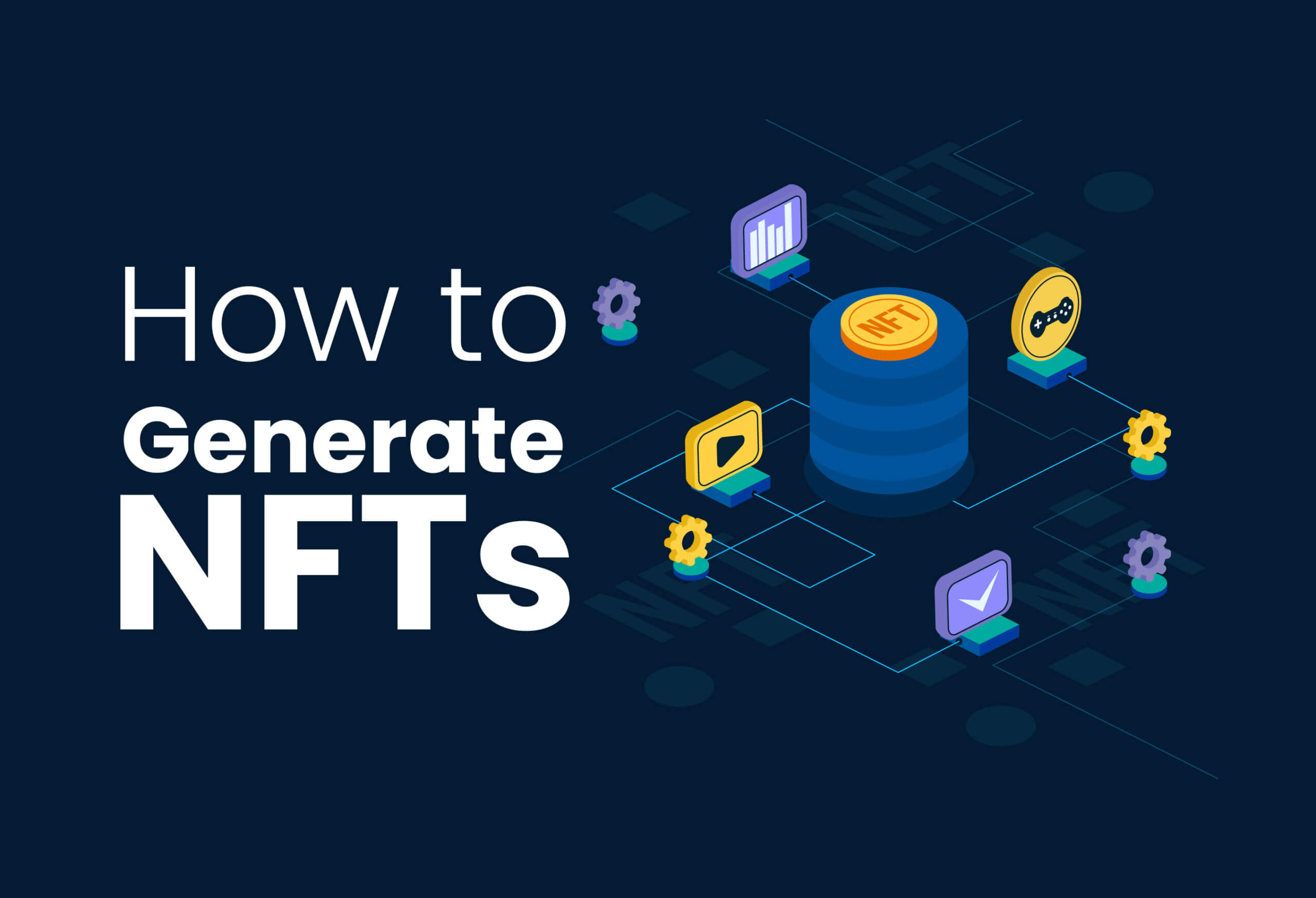In this day and age of the internet, “How to Create NFT” has become a popular subject of conversation. This is because NFTs have become a cultural touchstone over the past few years. They are always in the news because of the revolutionary concepts that follow. For example, NFTs provide a digital identity for any artifact. While it can be challenging to predict whether or not they’ll be popular again after a downturn, there are many reasons why someone would want to give it a go. Who could ever reject a sector of the economy where innovators have earned millions?
Before we go into how to create an NFT, let’s go over some of the fundamentals of what an NFT is and the choices you may have to make before opting to sell one of these.
So, what exactly are these NFTs?
It would help if you have a solid understanding of the fundamentals before you could go on to learn how to create an NFT. Then, what exactly are NFTs? You may think that non-fungible tokens, which have taken the world by storm, are more sophisticated than they are, but they’re not. Cryptographic assets on a blockchain with unique identifiers and information are known as non-fungible tokens (NFTs). They are not exchangeable or tradable at parity, unlike cryptocurrencies. A fungible token, on the other hand, such as a cryptocurrency, may be used as a means of exchange for commercial transactions since each one is identical.
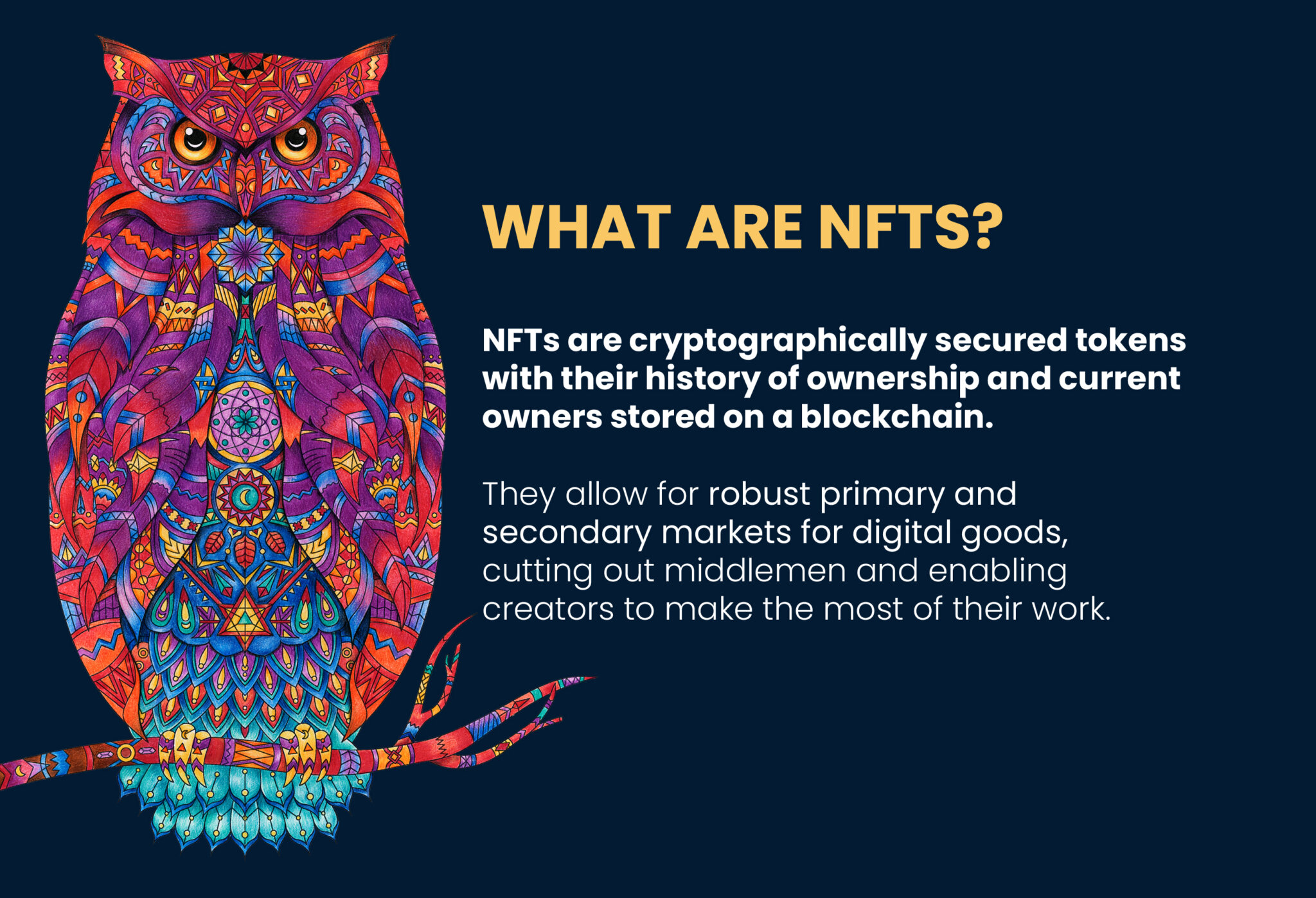
The potential to own, sell, and even profit from future sales of one’s digital creations makes NFTs potentially revolutionary for artists. You can create NFTs on your desktop or laptop computer and mint NFTs on your mobile device, such as a smartphone. For example, if you’re on the road and want to make an NFT, monitor how your collection is doing, or track NFTs on other blockchains.
How to create NFT: a step-by-step guide
The following is a simple step-by-step explanation of how to create NFT.
1. Pick your item
Let’s get the fundamentals out of the way first. If you haven’t already done so, you’ll need to figure out what one-of-a-kind digital asset you want to transform into a non-fungible token. It might be original artwork, pictures, pieces of music, collectible items from a video game, memes, animated GIFs, or even a tweet. An NFT is a digital artifact that belongs to a single person. The item’s rarity determines the NFT value.
Verify that you are the owner of any intellectual property rights associated with the item you want to transform into an NFT. Making an NFT for a digital asset that you do not personally own might lead to legal issues.
2. Pick your preferred blockchain
The “how to create NFT” guide includes this as one of the most important steps. It’s time to start minting your unique digital asset into an NFT after you’ve decided on it. The first step in doing this is figuring out which blockchain platform you want to utilize for your NFT. Ethereum is by far the top choice among artists and producers. Cosmos, Tezos, Polkadot, and Binance Smart Chain are a few of the other notable choices.
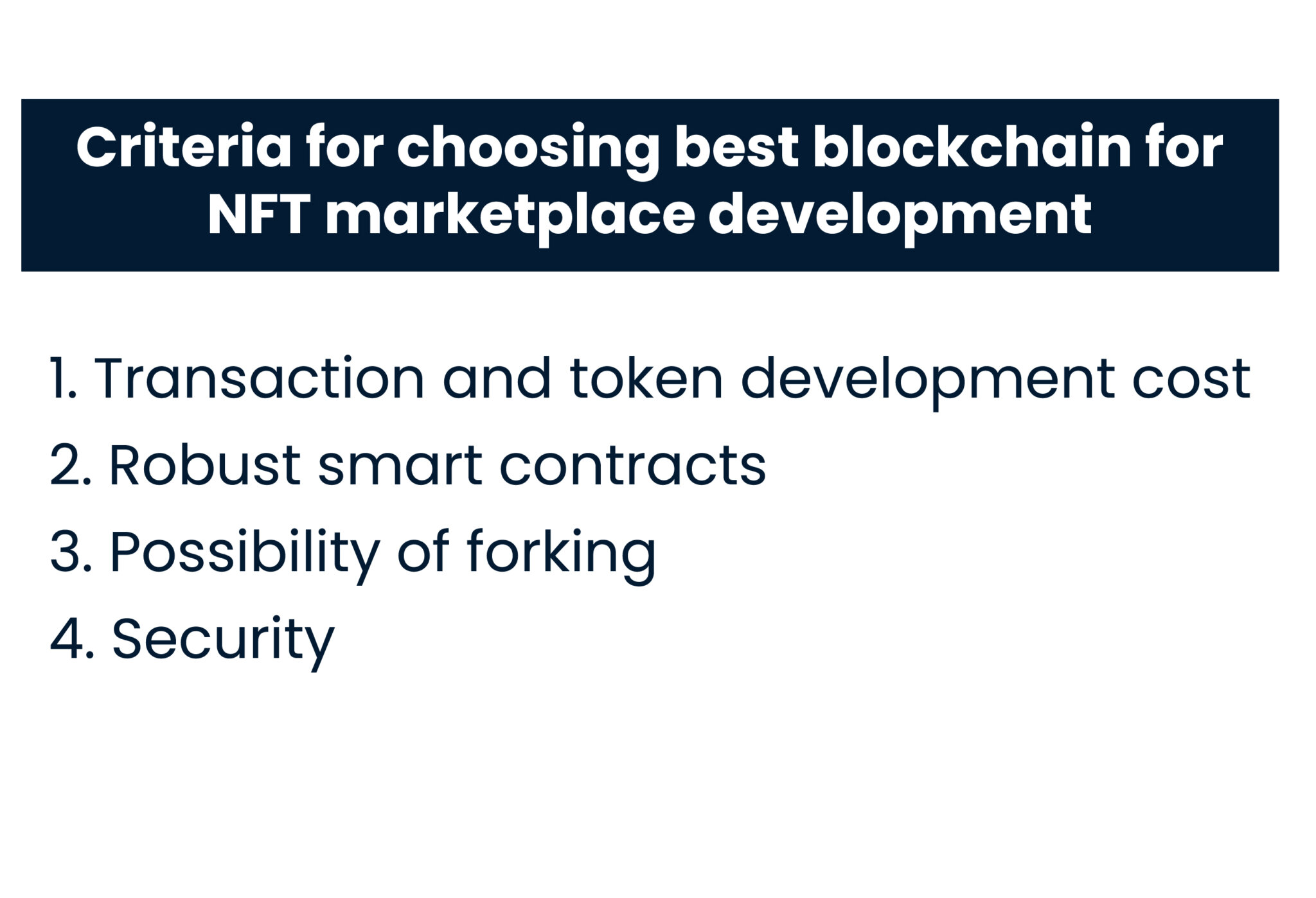
3. Set up a digital wallet account
To get started with your NFT, you’ll need to create a digital wallet and deposit some bitcoin into it. The wallet will allow you to access any digital assets that you have stored in it. AlphaWallet, Trust Wallet, Metamask, Math Wallet, and Coinbase Wallet are some of the best available NFT wallets.
The first thing you’ll want to do after setting up your digital wallet is buy some bitcoin. Ether, the native cryptocurrency of the Ethereum blockchain technology, is welcomed on the vast majority of NFT sites. It would help if you connected any cryptocurrency you already have in your possession from another source to your digital wallet so you could use it to buy and sell NFTs.
4. Choose your market for non-fungible tokens
It’s time to start creating (and, perhaps, selling) your NFT after you have a digital wallet and enough bitcoin. You will need to choose an NFT marketplace to do this. To help you with “how to create NFT,” here are some marketplace suggestions: OpenSea, Axie Marketplace, Larva Labs/CryptoPunk, Nifty Gateway, Mintable, and ThetaDrop, NBA Top Shot Marketplace, Rarible, SuperRare, and Foundation.
To pick a platform that’s a suitable match for your NFT, you’ll need to do research on each NFT marketplace. For instance, the Axie Marketplace is the online store for the most popular non-fantasy trading card game, Axie Infinity. On the other hand, NBA Top Shot is a marketplace emphasizing basketball. It is also essential to remember that some markets need the use of the marketplace’s native coin. Rarible, for example, needs Rarible (CRYPTO: RARI).
In most cases, OpenSea is an excellent place to begin. It is the market leader in selling NFTs and gives users the ability to mint their own NFTs. Just in August 2021, the NFT market generated sales of $3.4 billion in NFTs.
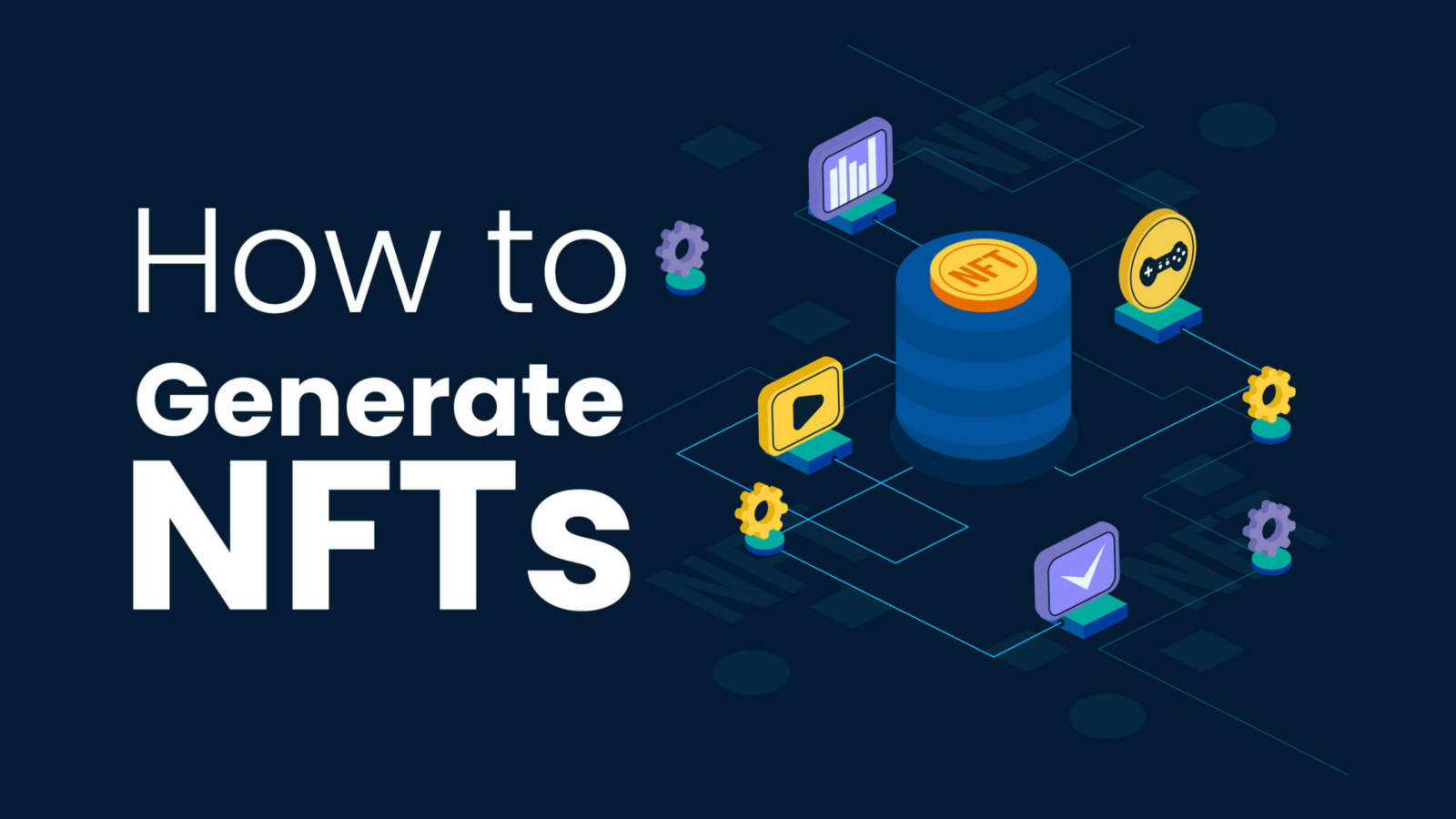
After making your choice, you must connect your chosen NFT marketplace to your digital wallet. This will make it possible for you to pay the fees required to mint your NFT and keep any revenues from sales.
5. Upload your file
You are currently at the point where you can finally mint your NFT. Your preferred NFT marketplace needs to include a detailed tutorial on submitting your digital file to their platform in a step-by-step format. Using that procedure, you can transform your digital file (in the form of a PNG, GIF, MP3, or another file type) into an NFT that may be sold.
6. Establish the procedure for making sales
The decision as to how you will make money off your newly minted NFT comes at the very end of minting NFTs. You may be able to, depending on the platform:
An offer is for sale at a predetermined price
You may sell your NFT to the first individual prepared to meet the predetermined price by setting the price at which it will be sold.
You should have a timed auction
A timed auction will provide individuals interested in your NFT with a restriction on the time they have to make their final bid.
Start an unlimited auction
There is no time restriction in an unrestricted auction. On the other hand, you can call a conclusion to the auction anytime you see fit.
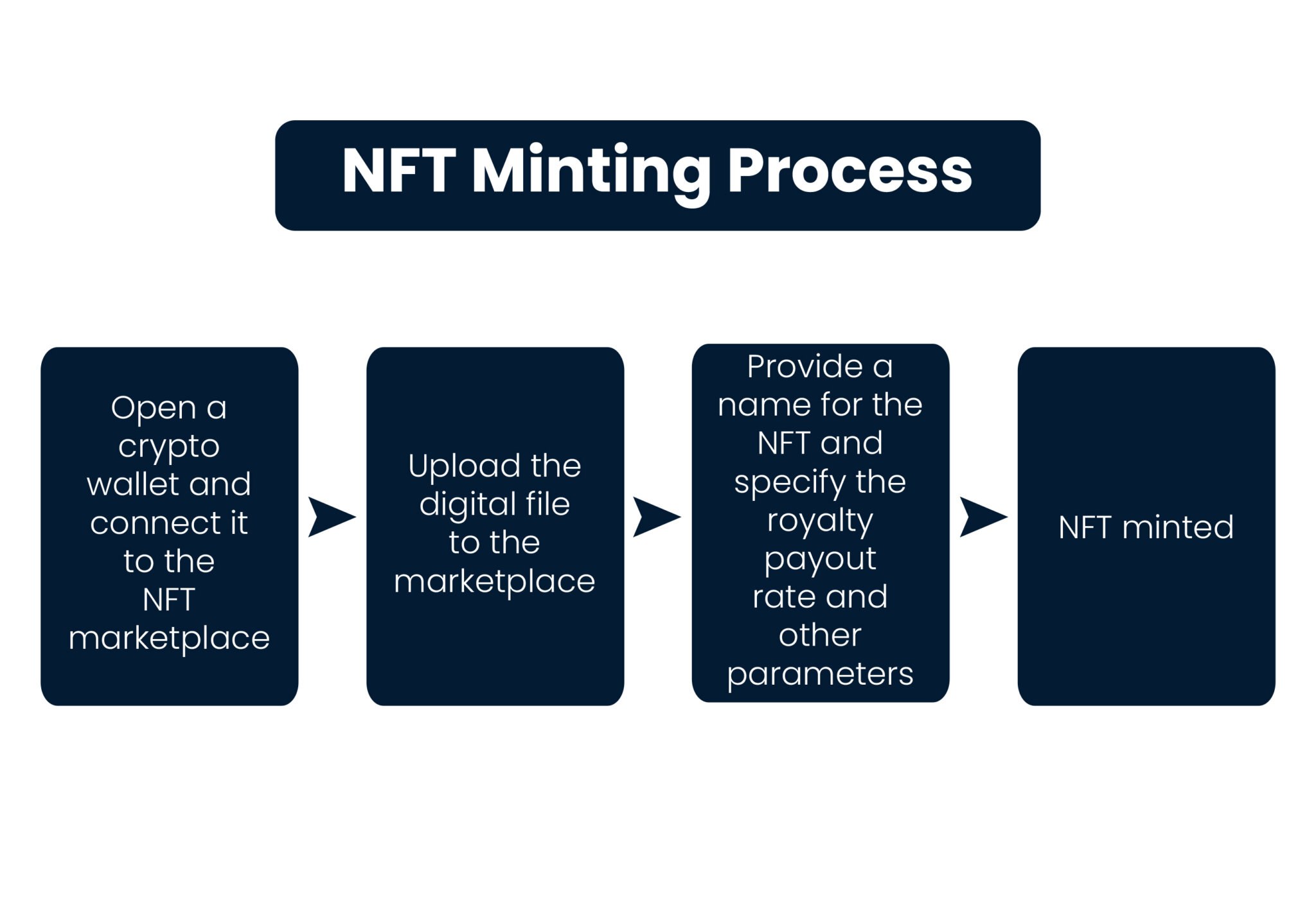
The exclusive advice from Treinetic on how to create NFT
If you decide to host an auction, you must choose:
-
- The minimum bid price
-
- The number of royalties you want to continue receiving if your NFT is sold again on the secondary market.
-
- The duration of the auction (if timed).
-
- When determining the minimum price, it is important to consider any applicable fees.
Otherwise, you risk incurring a loss on the sale of your NFTs.
Unfortunately, the costs involved in minting and selling an NFT may be both complicated and expensive. You may be charged with
-
- Listing fee
-
- NFT minting fee
-
- Commission on the sale
Also, a transaction fee for moving money from the buyer’s wallet to yours, depending on the platform and price. Because of the volatile nature of cryptocurrency prices, fees may also be subject to change. As a result, it is essential to do an in-depth analysis of the expenses associated with the production and sale of your NFT to determine whether or not they will be profitable.
So, that’s the end of our guide on how to create NFTs. Make sure you follow all the steps provided to make your efforts result in productive outcomes.
Wrapping Up
The blockchain is changing the way that we think about art and collectibles, but this is just the beginning. It would seem that NFTs will be around for the foreseeable future. Another topic to consider is whether NFTs will endure the test of time and retain their value. Despite the unique value propositions of each NFT collection, in the end, their worth is determined by how much a buyer is prepared to pay.
Given enough time, the vast majority of the NFTs that have ever been generated will eventually lose their value completely. However, some will only increase in value and popularity. Who knows? Perhaps your next NFT will turn out to be the next Mona Lisa!
Working with a professional like Metafylabs, one of the top NFT creators in the world, is an option if you want to create your own NFTs but lack the required knowledge.

